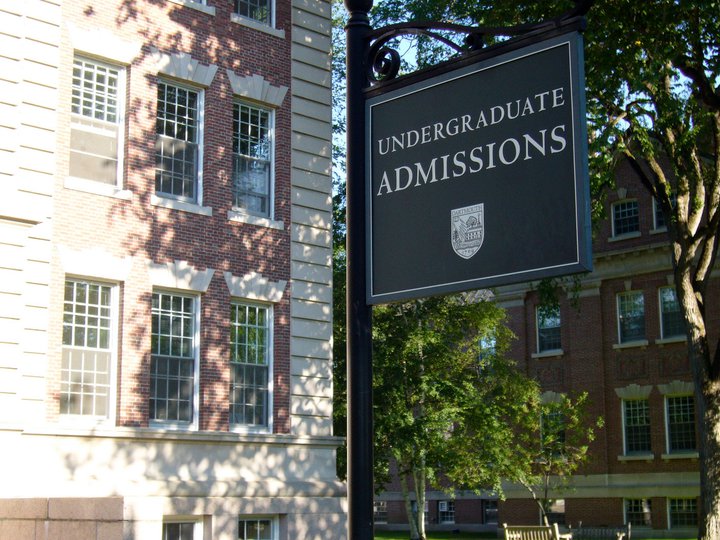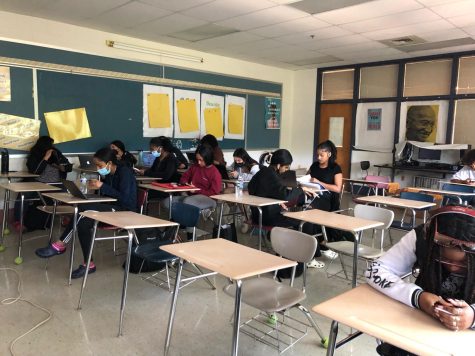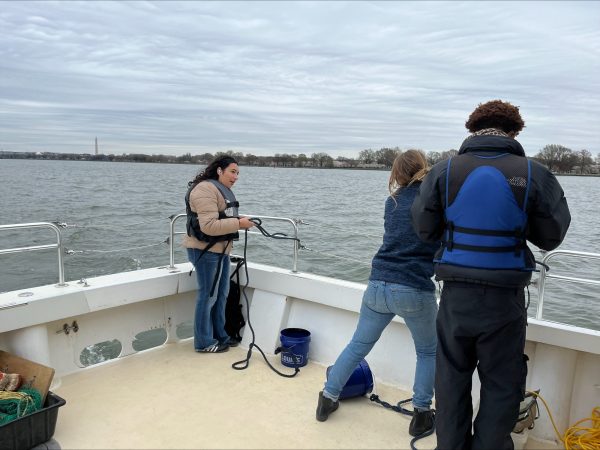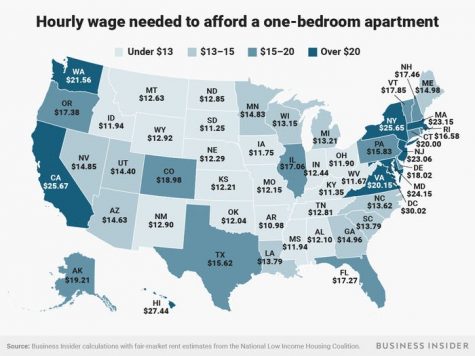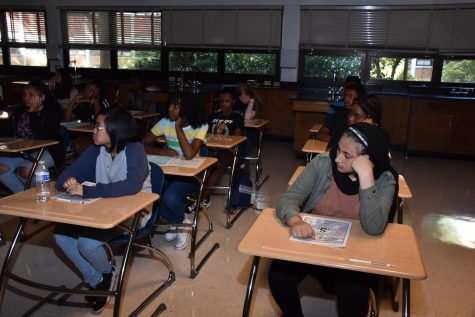Opinion: The problem with College Board’s adversity score
photo by CNBC
College Board, the not-for-profit organization that administers the SAT and Advanced Placement Courses, has recently made an addition to their near-century-old Scholastic Aptitude Test (SAT). This expansion features a new section known as the “adversity score,” a component designed to take into consideration a student’s demographics and details of their environment. This was initiated in order to gauge the socioeconomic disadvantages that students face and provide context for why they may be performing at lower levels than others with more privileged backgrounds. While seemingly well-intended, this new score has some underlying motivations and flaws that College Board must prepare to address.
The SAT, first officially administered by the College Board in 1926, has been amended and remodeled almost every year since. The test, originally consisting of nine sub-tests, has since arrived at its current version comprised of three main sections: Evidence-based reading, writing, and mathematics. The SAT has disproportionately favored wealthier groups as means such as expensive tutoring can help bolster scores. College Board’s new adversity score will supposedly be sent to colleges as a separate category in addition to student’s standard SAT scores or SAT Subject Test scores.
A few months ago, at least eight top universities – including Georgetown, Stanford, and Yale – faced allegations concerning their acceptance of monetary bribery from parents hoping to have their children admitted into these leading institutions. Since then, these colleges have rushed to take steps to sustain their respective statuses, some donating the alleged money to underprivileged students or to valued charities. These colleges have additionally spoken of altering their admissions process in order to be more translucent as to what kind of students are admitted in the coming year.
These college scandals have subsequently resulted in increased pressure on admission officers and standardized test administrators. One can only wonder whether this new adversity score is partially in response to the frenzy that followed.
In what appears to be an attempt to counteract all of the negative attention that these colleges have been receiving, a score that measures ones out-of-school adversity and hopefully works in favor of those who face socioeconomic disadvantages, may be just what colleges and test administrators need to save face. Unfortunately, while seemingly well-intended, this new score may be a direct result of all the wrong motivations rather than a step in the right direction to support underprivileged students. Regardless of intentions, one must consider the obvious flaws that this new score entails.
In MCPS, high schools like Springbrook, John F. Kennedy, and Watkins Mill experience these socioeconomic barriers firsthand. Located in comparatively poorer areas, these schools house students struggling to meet financial needs, with high percentages of students receiving free waivers for dues such as school meals and testing fees. Although these schools are part of some of the highest-performing school districts in the country, the Montgomery County has over 200 public schools, which comes with large disparities in socio-economic status and opportunity.
Students from these schools are not able to finance the same type of tutoring and support that other students from schools such as Wootton High School and Sherwood High School – located in the wealthy neighborhoods of Potomac and Olney – can. Unfortunately, unless the College Board provides the funding necessary to incorporate specific areas within counties, the adversity score will not result in not much change for students from schools like Springbrook. With more information concerning this addition soon to be released, the new “adversity score” will surely make for an interesting admissions process this coming year.

